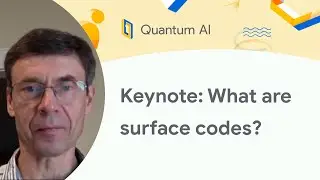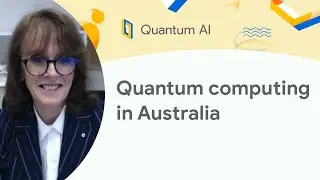Keynote: Superconducting qubits for quantum computation: transmon vs fluxonium
Superconducting qubits are solid state electrical circuits fabricated using techniques adapted from those of conventional integrated microprocessors. They are based on the Josephson tunnel junction, which is so far the only non-dissipative, strongly nonlinear circuit element compatible with low temperature operation. In contrast to microscopic entities such as spins, atoms, or ions, superconducting qubits can be held firmly in one location in space and coupled strongly to their neighbors, an appealing feature for 2-qubit gate array implementation. Recently, the coherence factor of bare superconducting artificial atoms has reached that of the hydrogen atom for its 1S-2P transition (~ 20 million). This opinionated review will compare the prospects of the transmon and fluxonium artificial atoms for large scale quantum information processing.
Watch more Quantum Summer Symposium 2022 sessions → https://goo.gle/QSS22
Subscribe to Google Quantum AI → https://goo.gle/QuantumAI
#QSS22































